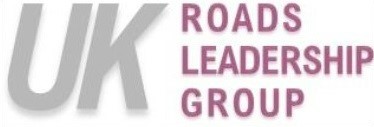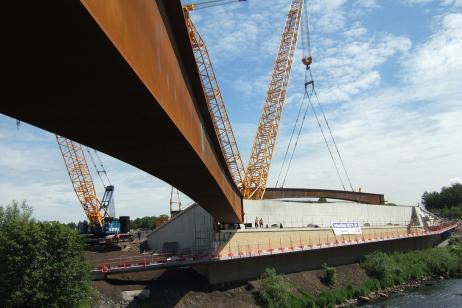
A recent UKRLG Bridge Board gathered key sector experts to discuss how to reduce the carbon impact of bridges
Join other savvy professionals just like you at CIHT. We are committed to fulfilling your professional development needs throughout your career
ACHIEVING NET ZERO IS a significant challenge for the transport and highways sector, and this is no different for those working in the bridge sector. Bridges are among the most carbon-intensive elements of transport infrastructure, with the production of new cement and steel especially problematic.
As critical assets within the transport network, stakeholders across the industry must ensure that bridges operate in line with a range of safety, economic and social considerations, while striving to reduce their impact on the environment. To help achieve this, the UKRLG Bridge Board recently held a net zero-themed workshop to share knowledge and insight among a range of specialists from across the UK.
The workshop featured a series of presentations, including an introduction to PAS 2080 by Brian Duguid, chair of the Net Zero Bridges Group, and Chris Hendy, professional head of bridge engineering at AtkinsRéalis, who spoke about the reliability of methods of carbon assessment.
In addition, COWI associate Cameron Archer-Jones delivered an insight into carbon calculation; concrete technology consultant Andrew Mulholland spoke about innovations in material carbon; and Lucy Hayes, net zero lead for the Lower Thames Crossing, explained how the project centralised carbon within the procurement process. “Carbon reduction is a huge topic with different elements to consider, including materials, procurements and assessments,” said Hazel McDonald, chair of the UK Bridges Board, at the event.
Carbon culture
One of the key topics of the workshop was how to maintain the focus on carbon reduction – a key challenge in an industry that’s grappling with a lack of time and staff. “Carbon considerations need to become part of business-as usual,” said Duguid.
The group also discussed ways to promote carbon reduction on a cultural level within the sector, citing award ceremonies as an important opportunity to celebrate the work that reduces the environmental impact of bridges – work that can be overshadowed by higher profile but more carbon-intensive projects.
Effective asset management
For bridges, maintenance is often the route to carbon reduction, with the construction of new bridges posing extra challenges in terms of environmental impact compared to preserving existing structures. But when working with existing bridges, it’s important to take a system-wide approach, considering factors such as the impact of bridge maintenance works on traffic management strategies to avoid even more pollution.
“You must think about aspects such as how much a journey is extended if you close one lane of a bridge and how long the alternative routes are,” said Archer-Jones.
Meanwhile, Duguid’s presentation explained the best ways to map the carbon reduction hierarchy of ‘avoid, switch, improve’ to the lifecycle of new bridges, as well as effective asset management of existing structures.
As the UK’s bridges get older and climate resilience becomes more important, careful consideration of the strategies to maintain the safety and usability of bridges while working towards specific net zero goals becomes more pressing than ever.

{{item.AuthorName}} {{item.AuthorName}} says on {{item.DateFormattedString}}: